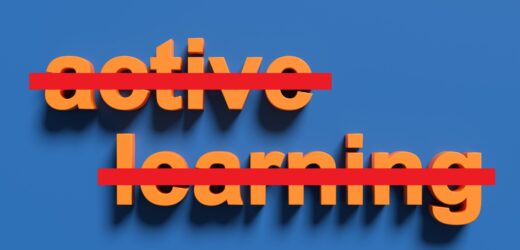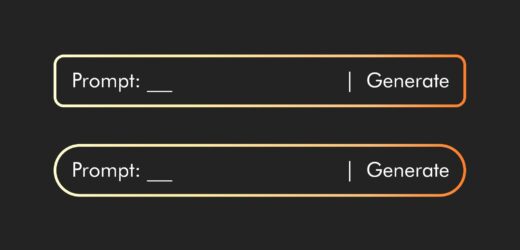Our reader-submitted collection of syllabi and ideas about them contains any number of interesting ways of handling the small syllabus details and larger ways of dealing with the whole document. Here’s an assembled group of those small and large ideas, listed in no particular order but all worth your consideration.
A Potpourri of Syllabus Ideas (Courtesy of Our Readers)

Related Articles
I have two loves: teaching and learning. Although I love them for different reasons, I’ve been passionate about...
Active learning is a mostly meaningless educational buzzword. It’s a feel-good, intuitively popular term that indicates concern for...
Perhaps the earliest introduction a student has with a course is the syllabus as it’s generally the first...
Generative AI allows instructors to create interactive, self-directed review activities for their courses. The beauty of these activities...
I’ve often felt that a teacher’s life is suspended, Janus-like, between past experiences and future hopes; it’s only...
I teach first-year writing at a small liberal arts college, and on the first day of class, I...
Proponents of rubrics champion them as a means of ensuring consistency in grading, not only between students within...








